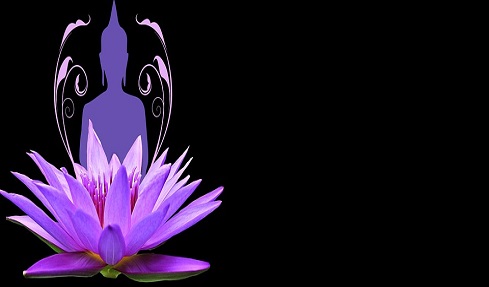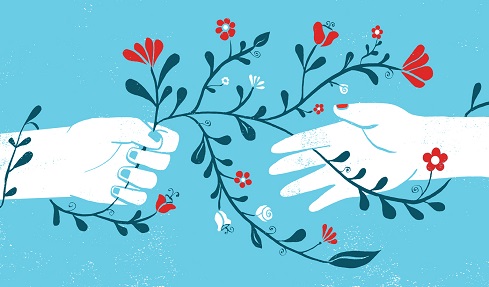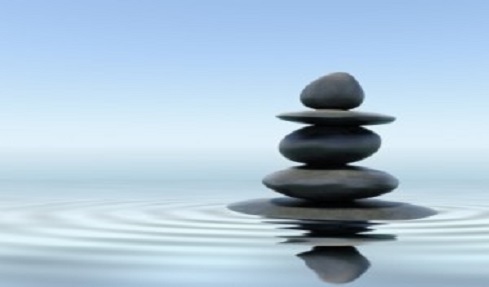The doctrines and practices of Buddhism are logical and realistic, not at all mysterious. When understood, it is unlikely that anyone will disagree. Buddhism has pointed out a safe passage out of samsara for us, whether we choose to leave is another matter. If we choose not to go this way, we will just keep wandering away from the path to liberation. And whether or not liberation from samsara can be attained really all comes down to one’s actual practice.
~ Depicted from Wisdom Light Book Series : The Four Noble Truths - The Path Out of Samsara










